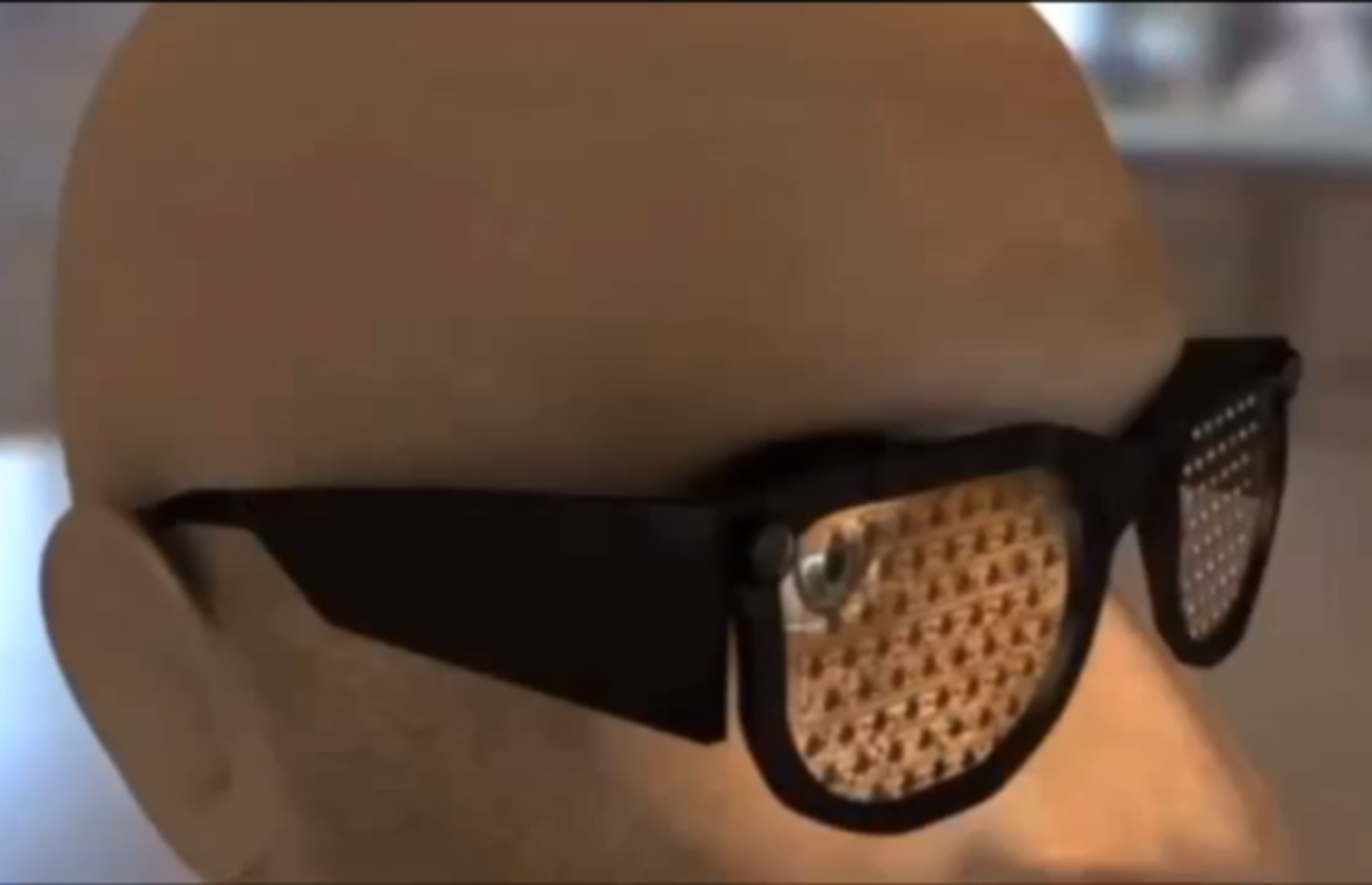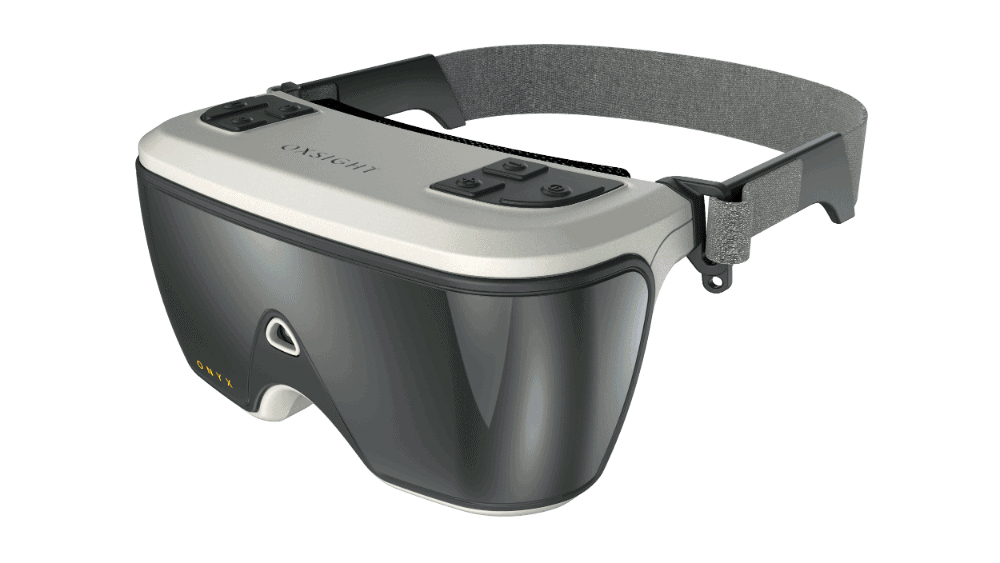AI-Powered Visual Aids: The Next Step in Assistive Technology for the Blind
AI-Powered Visual Aids: The Next Step in Assistive Technology for the Blind
Blog Article
Enhancing Access Through Assistive Modern Technology for the Blind
The assimilation of assistive innovation for the blind represents a pivotal improvement in access, essentially altering how people navigate their atmospheres and engage with culture. From screen viewers to ingenious wise walking sticks, these devices not only enhance self-reliance but likewise advertise inclusivity in different spheres of life. As we explore the diverse kinds of assistive tools and their concrete influence on everyday living, it ends up being vital to examine exactly how recurring technical advancements are reshaping the landscape of support for the blind area. What ramifications do these developments hold for the future of access?
Summary of Assistive Technology
Assistive modern technology refers to a range of gadgets and software program made to enhance the abilities of individuals with handicaps, consisting of those that are aesthetically impaired or blind. This modern technology plays an essential function in promoting independence and enhancing the lifestyle for individuals. By giving alternative techniques for accessing info and doing daily tasks, assistive innovation equips people to browse their settings better.
The development and application of assistive innovation welcome a selection of concepts focused on cultivating access. These concepts include user-centered design, which focuses on the needs and choices of the individual, and the assimilation of modern technology right into everyday activities. Such innovations ensure that assistive tools are not only functional but likewise intuitive and simple to make use of.
Moreover, assistive innovation includes a varied spectrum of services, from low-tech choices like magnifiers to modern innovations such as screen viewers and Braille screens. The recurring evolution of this area is driven by the need to deal with the unique obstacles encountered by individuals with aesthetic disabilities (Wearable technology for low vision). As innovation proceeds to development, the capacity for enhancing ease of access and promoting inclusivity continues to be encouraging, eventually contributing to a much more equitable society

Kinds Of Assistive Instruments
Countless sorts of assistive gadgets are readily available to sustain individuals that are visually impaired or blind, each developed to resolve details demands and challenges. These gadgets can be extensively classified right into 3 primary kinds: low-tech, mid-tech, and high-tech options.
Low-tech tools include products such as magnifiers, Braille labels, and tactile maps. These are relatively easy devices that enhance the individual's ability to communicate with their atmosphere without calling for intricate technology.
Mid-tech tools usually include advanced attributes, such as electronic magnifiers and mobile Braille note-takers. These gadgets can supply performances like speech outcome, enabling individuals to accessibility details extra effectively.

Effect On Daily Living
The availability of different assistive tools considerably helpful hints boosts the top quality of life for individuals that are aesthetically damaged or blind, impacting their daily living in profound methods. By integrating technologies such as display viewers, Braille displays, and audio summary services into their routines, customers obtain higher autonomy and independence. These devices help with access to information, making it possible for people to do everyday jobs, such as checking out e-mails, navigating public spaces, and appreciating media web content.
Additionally, assistive gadgets equip people to involve even more fully in social interactions and neighborhood activities. The capacity to make use of smartphones equipped with availability attributes permits smooth communication and link with others. This connection cultivates a feeling of belonging and decreases sensations of seclusion.
In specialist setups, assistive innovation supports productivity by enabling people to total work jobs effectively. Devices like voice recognition software program and specialized magnification tools allow individuals to take part in the labor force on equivalent footing with their sighted peers.

Developments in Technology
Recent technological improvements have substantially changed the landscape of devices available for individuals who are blind or aesthetically damaged. The assimilation of expert system (AI) and artificial intelligence has given rise to applications that improve navigating and object acknowledgment. Smartphone apps can currently utilize AI to identify and explain environments in real-time, offering customers with important contextual information.
Additionally, developments in haptic innovation have brought about the growth of wise canes outfitted with sensing units that spot barriers and give tactile responses. This encourages customers to navigate their atmosphere with enhanced confidence and self-reliance. Moreover, advancements in text-to-speech software and braille displays have boosted the availability of digital material, permitting smooth communication with numerous media.
Wearable technologies, such as smart glasses, are also making strides in aiding visual disability. As technology proceeds to advance, the potential for also more transformative devices continues to be on the horizon.
Future Trends and Innovations
As modern technology rapidly advances, the future of assistive devices for individuals that are blind holds enormous pledge. Developments in fabricated intelligence (AI) and machine understanding are poised to reinvent the means blind customers communicate with their environments. AI-driven applications are being developed to improve item acknowledgment, enabling customers to recognize and navigate their environments with higher convenience and precision.
In addition, advancements in haptic comments technology are allowing the production of responsive maps and navigation help that provide real-time info with touch. These innovations not just boost movement but additionally foster visit their website freedom. Additionally, wearable devices outfitted with augmented reality (AR) features are emerging, providing users visual details with audio Learn More Here descriptions, thus bridging the void in between the physical and electronic worlds.
Moreover, the combination of wise home technology presents brand-new opportunities for accessibility, permitting people to control their living settings with voice commands or smart device applications. As partnership in between technology developers and the blind area proceeds, the emphasis on user-centered design will make sure that future technologies are customized to meet the distinct needs of this populace (Wearable technology for low vision). The trajectory of assistive modern technology assures a much more comprehensive and empowering future for people who are blind
Conclusion
In conclusion, assistive modern technology plays an important role in improving ease of access for people with visual problems. Continuous advancements in technology and user-centered style ensure that these devices provide efficiently to the distinct demands of the blind neighborhood.
The integration of assistive innovation for the blind stands for a pivotal advancement in access, essentially modifying just how individuals navigate their settings and involve with culture.Assistive innovation refers to a range of tools and software created to enhance the capabilities of individuals with impairments, including those that are blind or visually damaged. Wearable technology for low vision.As innovation rapidly advances, the future of assistive devices for people that are blind holds tremendous pledge. The trajectory of assistive modern technology assures a much more comprehensive and empowering future for people who are blind
In verdict, assistive technology plays an essential function in enhancing access for individuals with aesthetic impairments.
Report this page